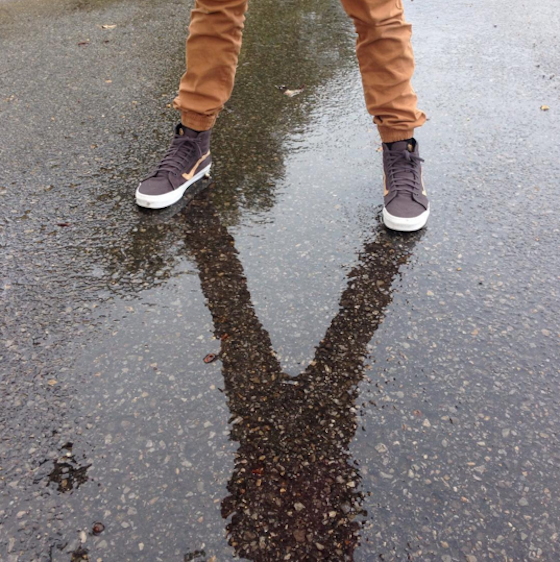I try to stay away from comments like “back when I was your age” or “back in my day,” as those sentences are like nails on a chalkboard for middle school and high school students. But there’s no better way to talk about the challenge in shifting from working with traditional darkroom photography to teaching digital photography. So here we go…. “Back in my day” when I learned about photography, I shot on a 35mm camera. I spent an entire semester in the darkroom developing contact sheets, test strips, and prints.

Now, in the digital age, all these steps have been streamlined into just two machines. All you need is a digital camera and a computer with editing software. I’m fighting to hold onto some processes in the face of how easy it is to take a good photo with technology. It’s so much easier to auto adjust the levels of a digital photo than it is to perfect the art of burning and dodging. I’m not saying that darkroom photography is better or worse than digital photography… it’s just different.
Teaching Digital Photography to Today’s Students
Today’s students have endless filters available at the touch of a button. In my classroom, I’ve downplayed these post-productions effects, because I want to see students strengthen their ability to compose and capture shots in their viewfinders. This is especially true with reference photos. Although there is a whole universe of images on the internet, I want more than that for my students!
The Solution? Take a Walk!
Rather than channel my inner Andy Rooney, I decided to be proactive. So, we started going for walks, photo walks. The idea behind a photo walk is that we all go out to a destination. Along the way, when students find interesting shots, they stop and take them. I have students look for strong composition, leading lines, texture, good lighting, and more.

We try to get back into the computer lab with 10 or 15 minutes left in class so students can upload, download, edit, and share (via email or Google Drive) the photos.
If you’d like to try and take a photo walk, you don’t have to go far. You’d be amazed at how many interesting photos one can take in the parking lot or football field of the school. These everyday locations go hand in hand with one of my tenets of digital photography: your subject doesn’t have to be doing anything exceptional to make a great photo.

However, I’ve also taken students off campus. Call me crazy, but I have walked classes of 24 students to a nearby ice cream shop, car wash, and fast food chain, and we all lived to tell the tale!

If you’re teaching digital photography and just not sure where to start, make it easy on yourself. Get out into the fresh air and see what happens. Your students will likely surprise you. Plus, once you get comfortable, you can take photo walks to the next level by adding a social media component. I’ve been able to combine photo walks with my students’ interest in Instagram to create a school art account and a hashtag. Check us out @holmesartdept and #hjhinstameet.
If you’re looking for even more ways to infuse technology into your curriculum then be sure to check out the AOE Winter 2016 Online Conference where I’ll be exploring tech concepts like 3D printing and video game design. Don’t miss it!
{image source}
Have you ever taken a group of students off campus for a photo shoot?
How do you keep students engaged with digital photography given that many of the processes of making good photos are so easy now?
Magazine articles and podcasts are opinions of professional education contributors and do not necessarily represent the position of the Art of Education University (AOEU) or its academic offerings. Contributors use terms in the way they are most often talked about in the scope of their educational experiences.




